Apr 11, 2025
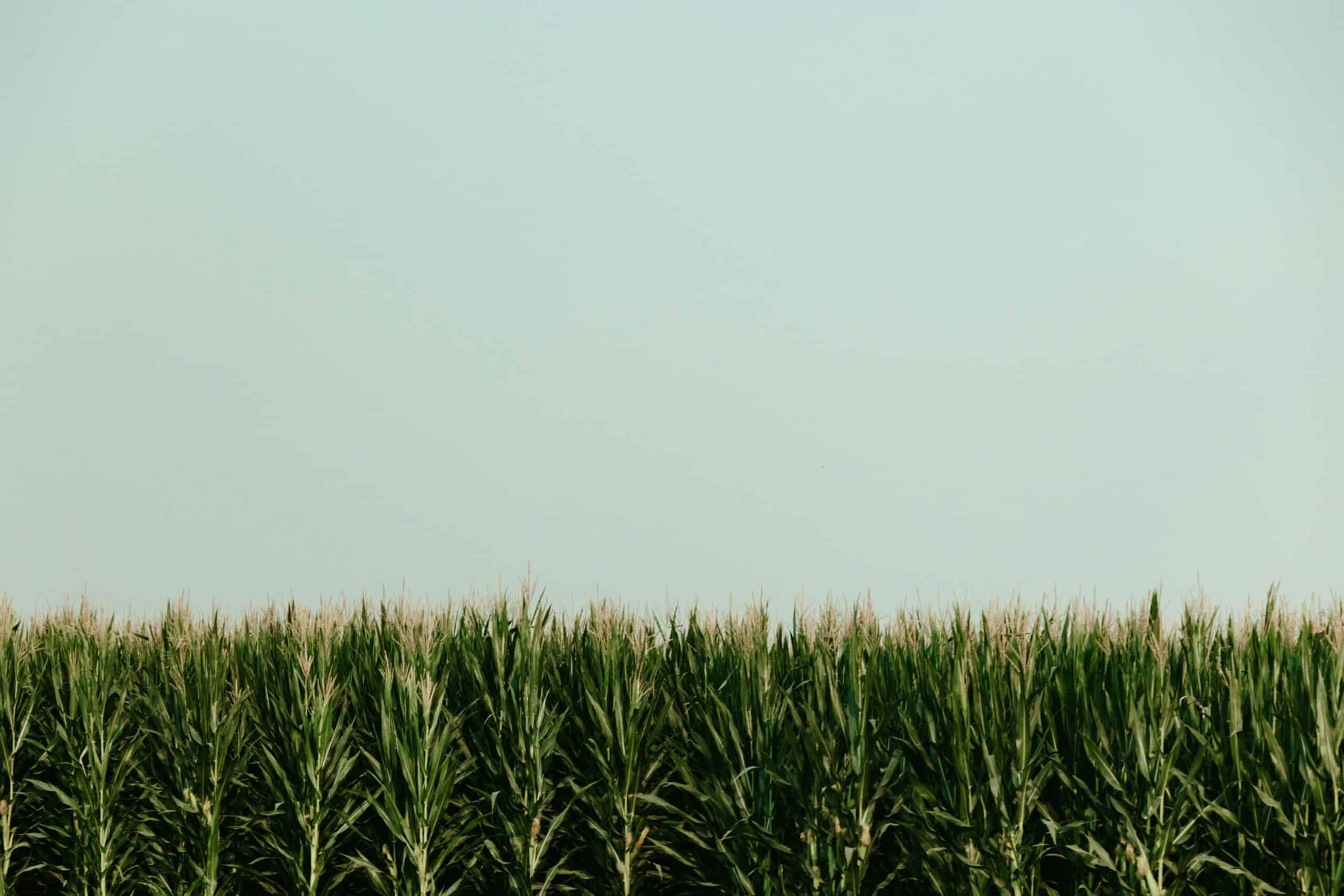

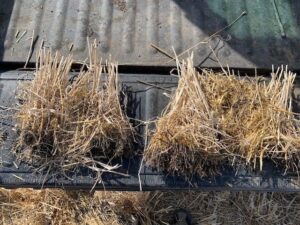
Fall is in the air, and harvest is in full swing across most of the U.S. We’re excited to announce PhycoTerra, a superior soil microbial food, has recently received a label expansion for use in residue management! The same PhycoTerra you’ve been using to stimulate your soil’s native beneficial microbes throughout the growing season has been proven as an effective post-harvest application to promote the decomposition of crop trash with savings across the board.
PhycoTerra 2 qt/a vs Grower Standard

Residue management is more than clearing the field for future crops. Your residue management program may happen in the fall, but it sets the stage for the success and yield of your next season’s harvest. A holistic residue management program that addresses the physical, chemical and biological properties of your soil is the key to a great start in the spring.
An effective residue management program should be a priority, especially as higher yields can lead to larger amounts of crop residue. Several program options exist for growers to choose from. Many growers till the residue back into their soil, while burning crop trash is another popular management option in some regions. For no-till and reduced-till growers, leaving the residue undisturbed on the field to promote soil health is their go-to residue management plan.
Each program type has pros and cons, which we’ll discuss below. Where soil health, optimal nutrient release and maximum crop residue decomposition are the goals, PhycoTerra can be an excellent replacement or complement to these programs.
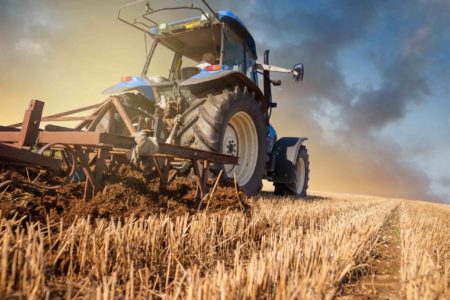
Pros
Cons
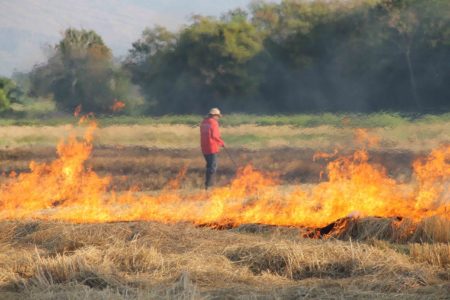
Pros
Cons
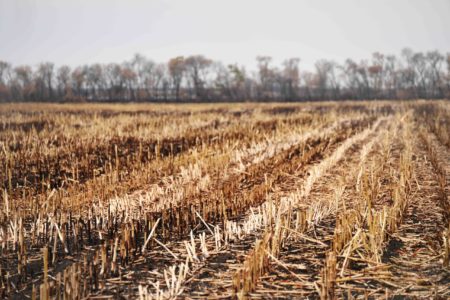
Pros
Cons
Leaving residue on the field is a key driver of improved soil health. However, natural decomposition can be a lengthy process, which is one reason many growers resist leaving crop residue to naturally decompose in the field. PhycoTerra can easily be added to your fall burndown (e.g. Glyphosate), where you can leave the crop residue on top of the soil, and feed the microbes in your soil that can help promote quicker decomposition.
Your crop residue is made up of a complex combination of tough plant residues, like lignin and cellulose, that need to be broken down. Beneficial microbes are the workers in your soil that normally do this job. But these soil microbes have ideal working conditions that they demand be met before they get to work, like warm temperatures, plenty of moisture and lots of food (carbon!). In the post-harvest season, most of us are seeing lower temperatures and drier conditions, which render your soil microbes dormant, leaving crop trash lingering in the field and nutrients tied up in the residue.
PhycoTerra is nature-sourced, specifically targeted to be an ideal food source for beneficial soil microbes. An application rate of only 1-2 quarts per acre of PhycoTerra delivers measurable results by feeding the dormant microbes in your soil a superior carbon source. No longer starved, your soil microbes “wake up” and get back to work breaking down crop residue, releasing nutrients and mineralizing them so they’re available for next season’s crop. All this decomposition work has an added benefit of raising the soil temperature to produce an ideal seedbed in the spring.
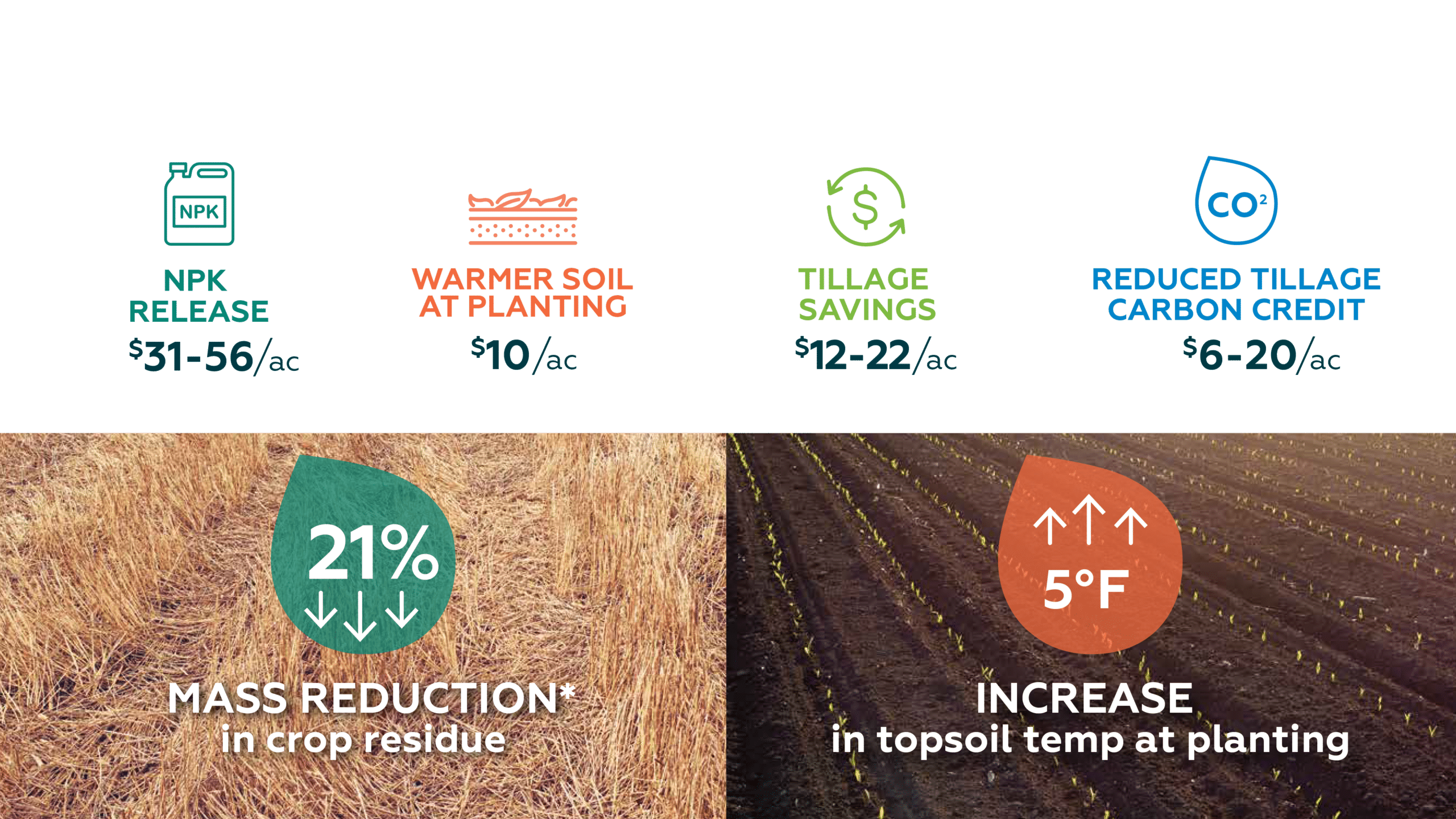
No matter the crop or the soil type, PhycoTerra is an effective tool for residue management. Because of our product’s unique mode of action, PhycoTerra works across production practices and can deliver benefits to any residue management program. For no-till growers, PhycoTerra can help you realize greater returns on your regenerative efforts by adding PhycoTerra to your existing post-harvest herbicidal burndown programs.
For growers looking to reduce their tillage practices, applying PhycoTerra to manage crop residue is an excellent first step. Not only will you reap the benefits of an active soil microbiome and a covered soil, you’ll also see additional savings and returns. Applying PhycoTerra by spray application can save you up to $12 – $22 an acre compared to the cost of tillage, and growers who reduce till can participate in the carbon market and credits emerging for the agriculture community. It’s a win-win!
Let’s face it, your work is never done – the 2025 growing season starts now! Get ahead of the game by closing out your crop’s post-harvest with PhycoTerra.
Note: All trial data and pricing is current as of blog posting. For the most up to date trail data and pricing, please visit our trials page or fill out a contact form.